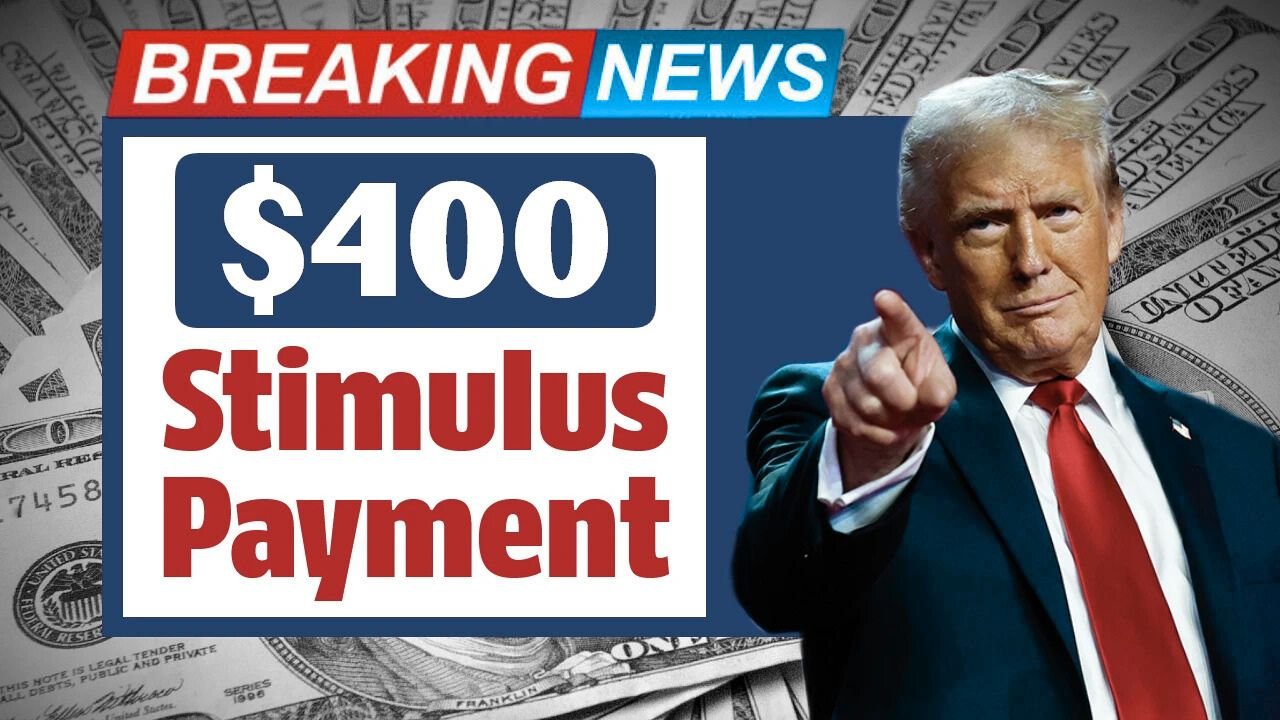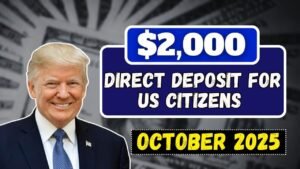Many Americans are feeling the pinch of rising prices — from groceries to rent and utilities. To help ease this burden, several states across the U.S. are rolling out $400 stimulus payments (also called inflation relief checks or state rebates) to eligible residents.
These one-time payments are not part of a new federal stimulus program from the IRS but rather state-level initiatives funded through budget surpluses. Here’s what you need to know about eligibility, payment timelines, and how to ensure you don’t miss out.
What Is the $400 Stimulus Payment?
The $400 state stimulus is designed to provide quick financial relief to low- and middle-income households struggling with inflation.
These payments help:
- Offset the rising cost of essentials
- Support local economies through increased spending
- Return surplus tax revenue to residents
Most qualifying taxpayers will receive payments automatically, either through direct deposit or paper checks sent to their registered address.
IRS $400 Stimulus Overview
| Details | Information |
|---|---|
| Authority | State Governments / IRS Coordination |
| Country | United States |
| Amount | Up to $400 |
| Payment Mode | Direct Deposit or Paper Check |
| Eligibility | Low- to middle-income taxpayers |
| Payment Period | Late September – Mid-October 2025 |
| Official Site | www.irs.gov |
Who Is Eligible for the $400 Stimulus Check?
Eligibility depends on your state of residence, income level, and tax filing status. While every state has its own guidelines, most follow similar income caps:
| Filing Status | Income Limit | Estimated Payment |
|---|---|---|
| Single Filer | Up to $75,000 | $200–$400 |
| Married Couple (Joint) | Up to $150,000 | $400 |
| Head of Household | Up to $112,500 | $300 |
| Above Income Limit | Over Cap | May Receive Less or None |
To qualify, residents must generally:
- Have filed a state tax return for the previous year
- Not be claimed as a dependent by another taxpayer
- Reside in a participating state offering the rebate
When Will Payments Arrive?
Payments are expected to begin between late September and mid-October 2025. The timeline may vary by state and method of payment:
- Direct deposits typically arrive first.
- Paper checks may take several weeks depending on mail processing.
To avoid delays:
- Update your address with your state tax department if you’ve moved.
- Opt for direct deposit if available for faster processing.
Why Are States Issuing These Payments?
The $400 relief payments are part of broader state efforts to:
- Return surplus tax revenues to taxpayers
- Support residents hit hardest by inflation
- Boost local spending and economic stability
Though modest, the payments can provide short-term relief — helping families cover bills, groceries, school expenses, or other essentials.
Common Issues and How to Avoid Them
- Didn’t file a state return? File as soon as possible to qualify.
- Moved recently? Update your address immediately.
- Expecting a check? Watch your mailbox closely and allow time for postal delays.
FAQs: $400 Stimulus Payment 2025
1. Will everyone in the U.S. get the $400 stimulus check?
No. Only residents in states that approve the payment and meet income criteria will receive it.
2. Do I need to apply for the payment?
In most cases, no application is needed. If you’ve filed your state tax return, the payment will be sent automatically.
3. When will the payments be distributed?
Most states will issue payments between late September and mid-October 2025.
4. How will I receive my payment?
Through direct deposit or paper check, depending on your tax return information.
5. Where can I check my eligibility?
Visit your state’s tax department website or the IRS official page at irs.gov.
Final Thoughts
The upcoming $400 state stimulus checks may not solve every financial challenge, but they provide timely relief for millions facing higher living costs.
If you’ve filed your taxes and kept your information updated, there’s a good chance your payment will arrive soon. Stay informed through official state updates — and avoid scams or unofficial claims promising early access.



